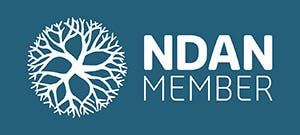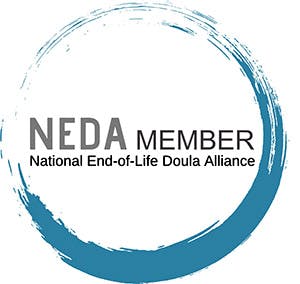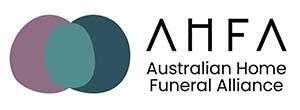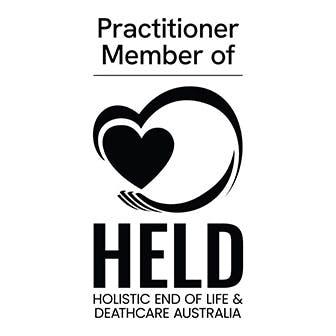
PLANNING A FUNERAL
One of the best things you can do when considering funeral planning is to think about all the possibilities and write down your wishes. A good place to start is by completing a Wishes Booklet. Click here to download the booklet!
The Natural Death Centre UK have provided a list of questions to ask your funeral Director. Click here for the list!
The following is taken from the Natural Death Advocacy Network (NDAN) - https://ndan.com.au/resources/funeral-planning
FUNERAL PLANNING
NDAN is committed to providing you with information which will help in the making of informed choices regarding your funeral options. From coffins, transport, celebrancy and interment NDAN endeavours to outline the options for traditional and contemporary funeral choices.
This factsheet is designed to give you an idea of what options may be available to you and, given that knowledge, inform the discussions you have with your family, friends, and end of life and death care providers.
Importantly, this is a process you have the right to take part in or govern as much or as little as you choose. See the page on Family Led Funerals .
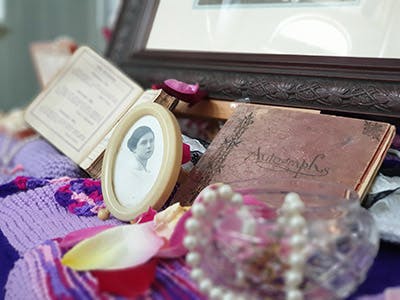
FUNERAL CHECKLIST
Here is the checklist of possible components and considerations for a funeral ceremony. This list is compiled based on the choices given when engaging with contemporary funeral businesses.
For a Family-Led Funeral, there are some mandatory decisions or components in the process. They are as follows:
- Conventional Burial, Natural Burial, or Cremation (A body must be disposed of. This is the ONLY legal function of a funeral)
- Registration of death
- Permit for burial or cremation
- Coffin selection – traditional hardwood, particle board, or woven, including home-made. No coffin is required is the body is shrouded (A body may be required to be transported into a cemetery in a coffin but this does not mean it must be buried or cremated in one)
- Transportation of coffin (A coffin will not fit into most cars but vans, utes with canopies or a hearse are suitable)
- Pallbearers (A body is heavy, and to safely transport one in a coffin/shroud will require multiple people. To lower a coffin into a grave will require a MINIMUM of 4 people and 1 to direct.)
There are many other options that families may like to consider, they can include:
- Date of ceremony (if chosen, not a necessity)
- Place of ceremony – setting, decoration, formal or casual
- Number of people expected
- Wording for death and funeral notice
- Which newspapers to place notices and how many times each notice is to run
- Music selection (opening, reflection or montage and closing)
- 10-12 photos per minute of music (if a montage is required)
- Other AV options including live streaming, recording
- Catering requirements
- Celebrant/clergy to take the ceremony (or you can take it yourself)
- Memorial sheets/signing sheets for attendees and other stationary
- Booklet/order of service/bookmark/postcard
- Hearse and/or transportation of family
- Care of the body – home based or with a funeral director - dressing/make up/jewellery
- Religious rites
- Vigil or viewing times
- Organist/pianist/singers/live music
- Gifts for attendees
- Grave marker (in case of burial)
- Ashes placement (in the case of cremation)
- Plaque/headstone wording (in case of placement)
Note: the cost of memorialisation is generally not included in funeral costs and additional funds will be needed. Some cemeteries require the purchase of headstones within specific time frames so these enquiries are best made in the initial stages of planning.
